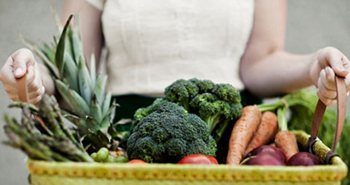Tag: vegetable garden
-
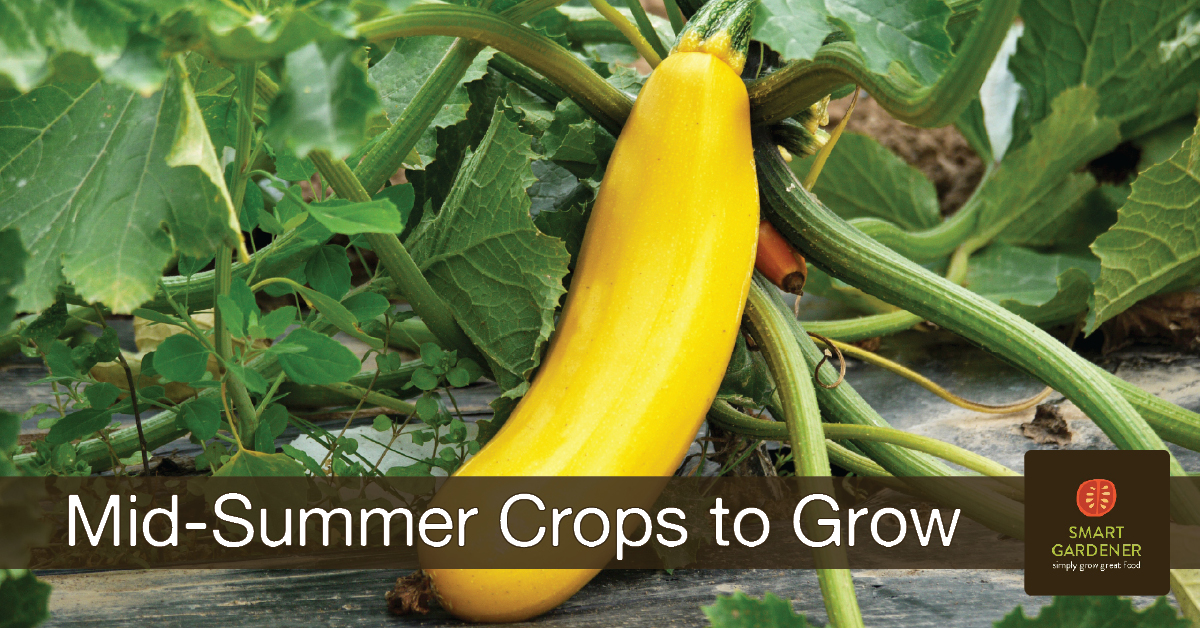
What Can I Grow Now?
What can I grow now? It’s not too late to plant a garden this summer. There are several vegetables you can plant today and harvest before the first frosts!
-
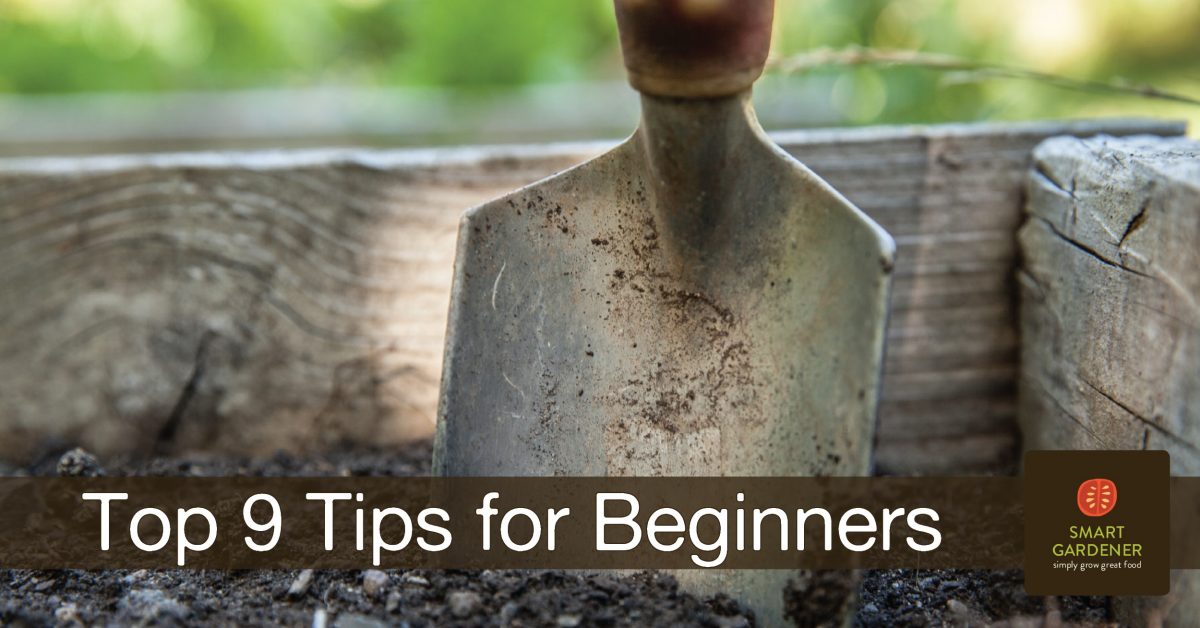
Top 9 tips for beginner gardeners
Every year we are inspired by all the new gardeners we meet setting out on the journey of growing their own food. Their excitement is so pure it’s inspirational to even hardened old-timers. In fact, one of the best things about gardening is how eager older gardeners (folks with several years’ worth of dirt under […]
-
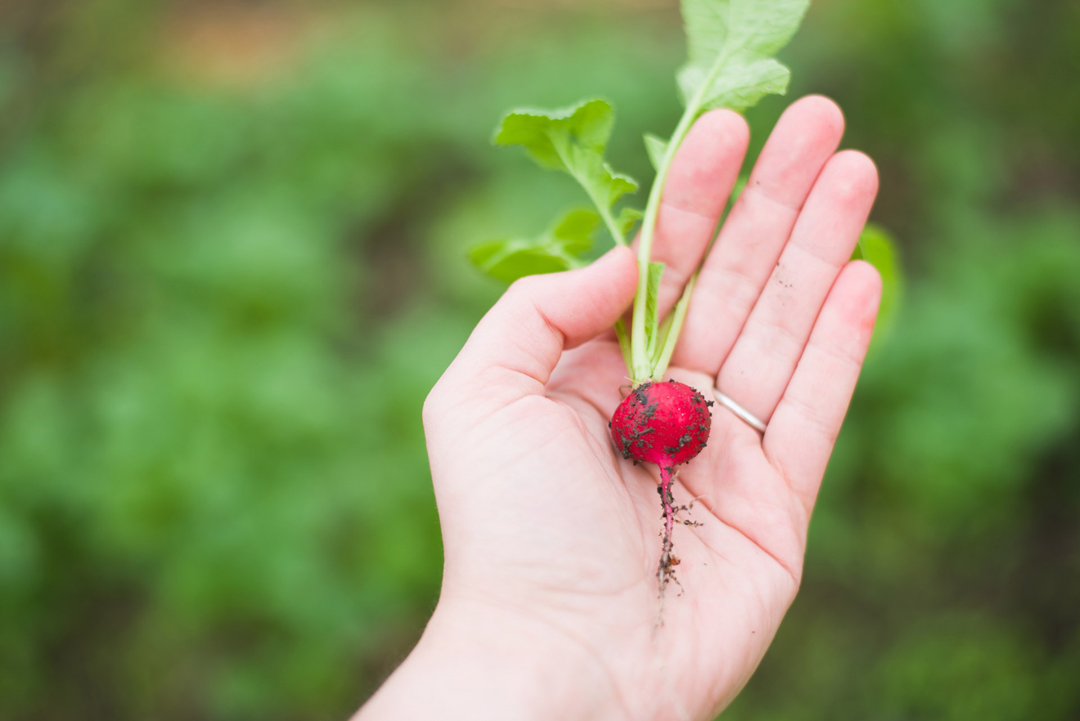
The trick to a successful first garden: start out small
You might not think so from the countless words that have been written about it, but vegetable gardening is a pretty simple process. Plants are genetically programmed to grow (even our pampered crop plants) and all you have to do is give them the right things at the right times. You take seed, put it in […]
-
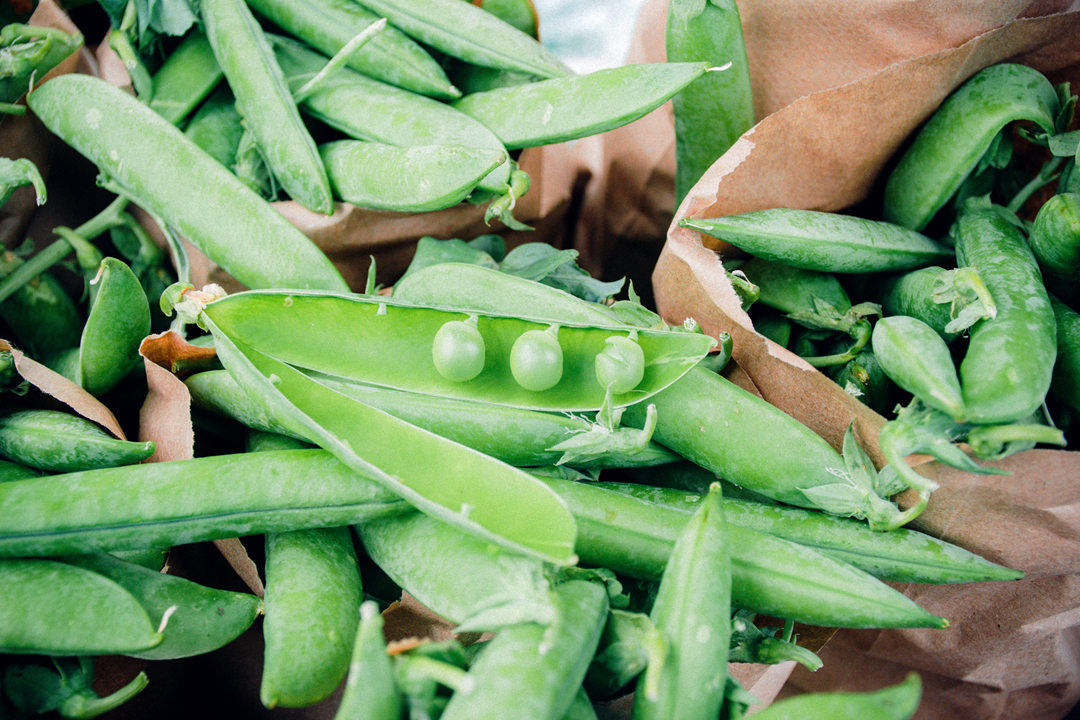
Peas for St. Patrick’s Day
In Ireland, St. Patrick’s Day is the traditional day to plant peas in a spring garden. In the United States the timing can vary somewhat from zone to zone, but March 17th still works well as a guide for starting peas for most areas. And what a perfect way to bring your garden a bit of […]
-
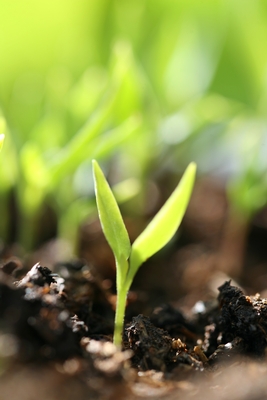
Don’t feed the birds
There are few things more frustrating than preparing, planting and pampering a bed of peas or beans and then discovering that the newly germinated seedlings have all been wiped out by birds. In most places birds are only a significant problem in spring when they seem to relish the abundant succulent green seedlings, but in […]
-
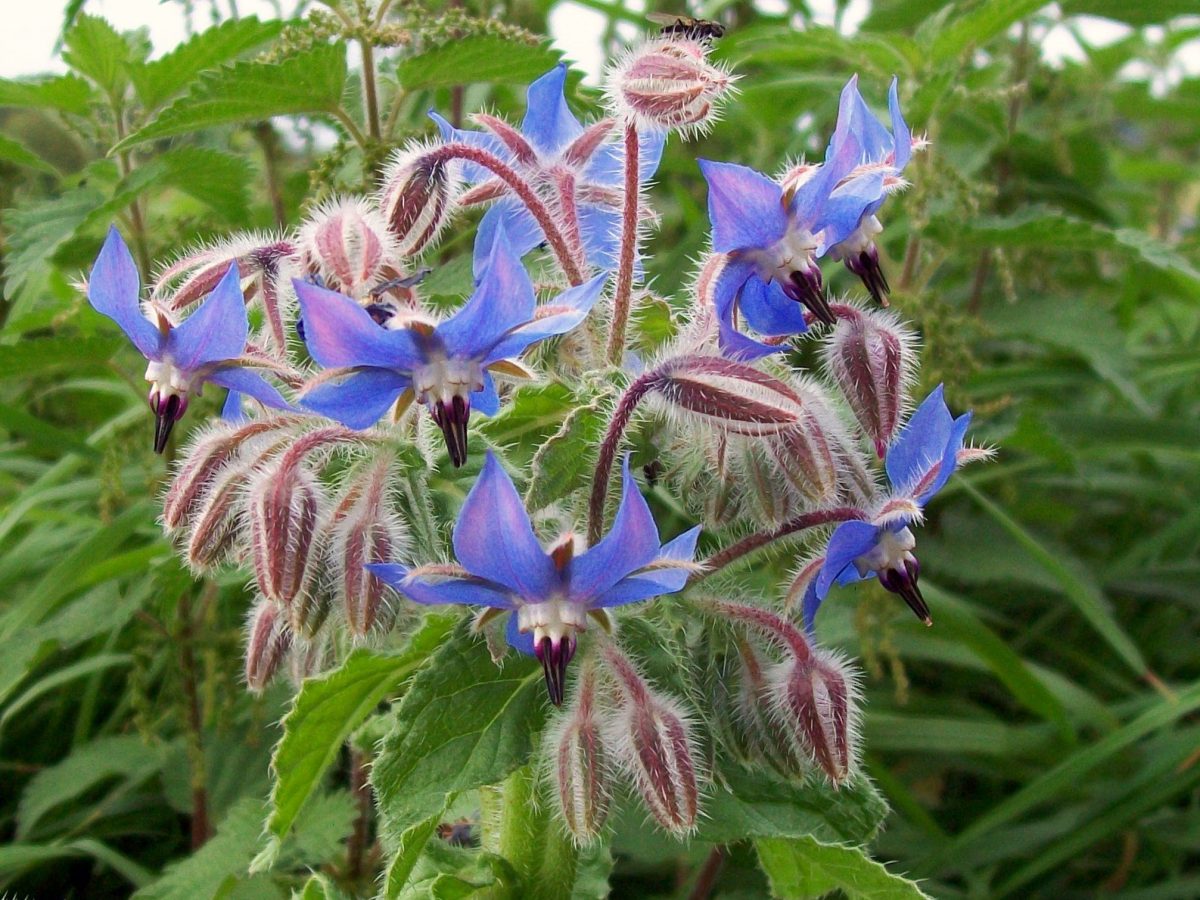
Top Ten Plants for a Beginner Garden
Starting a new garden can be exciting. It can also be a bit overwhelming. There are so many plants to choose from, how do you decide which to include? To make it easier, we made a list of our favorite plants for beginning gardeners.

